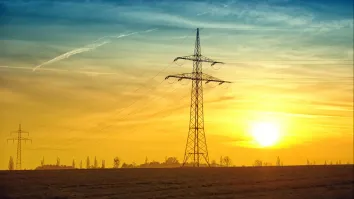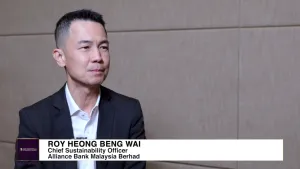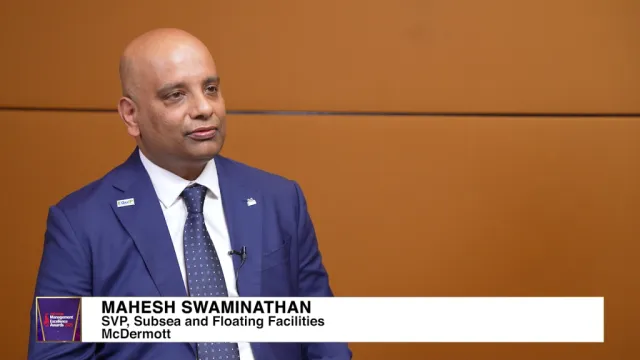
Jharkhand needs $256b to fuel clean energy transition in India
Its renewable energy potential positions it as a hub for low-carbon manufacturing.
Jharkhand needs around Jharkhand $256b from 2026 to 2070 to support its shift from fossil fuel-dominant sectors without disrupting the social infrastructure, according to a new report by the Institute for Energy Economics and Financial Analysis (IEEFA).
“This shift entails phasing out carbon-intensive assets, building new low-carbon capacity, and mobilising unprecedented levels of capital,” said Shantanu Srivastava, IEEFA’s research lead, sustainable finance and climate risk and co-author of the report “Jharkhand’s Just Transition: A roadmap for economic growth and diversification.”
IEEFA said that the long-term benefits in terms of new revenues, jobs, and industrial ecosystems will far outweigh the significant upfront costs.
“Jharkhand’s vast renewable energy potential, combined with its industrial base and critical mineral reserves, positions the state to emerge as a hub for low-carbon manufacturing, ranging from EVs, solar panels and battery energy storage systems (BESS) to green hydrogen production,” the report read.
“At the same time, natural farming and other, nature-based solutions can strengthen rural livelihoods, open opportunities in carbon markets, and enhance climate resilience,” it added.
The study noted that whilst public funds will play a catalytic role, most of the required financing will need to come from private investment, multilateral concessional capital and innovative blended finance structures. In return, this should be supported by clear and consistent policies to attract billions in private and concessional capital.
“Diversifying the state’s economy into new, low-carbon sectors will add to its GDP, contributing materially towards Jharkhand’s economic growth,” Srivastava says. “Thus, the transition will more than compensate for the state’s lost coal-based revenues.”
“This transition is both a high-risk challenge and a high-return opportunity. If Jharkhand acts now, it can not only safeguard its economy and workforce from the decline of coal but also position itself at the forefront of India’s low-carbon growth story,” says co-author Soni Tiwari, energy finance analyst, South Asia, at IEEFA.

















 Advertise
Advertise









